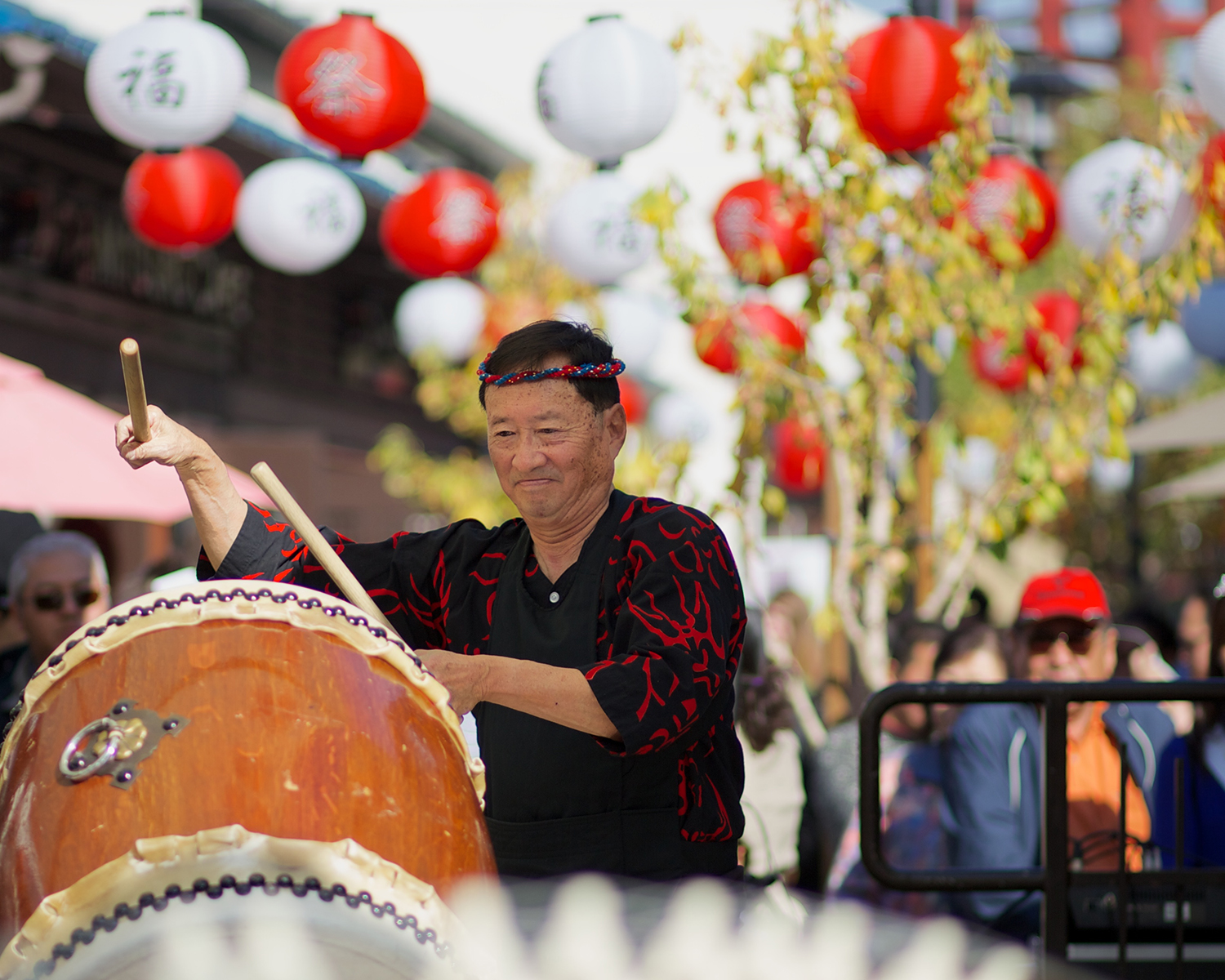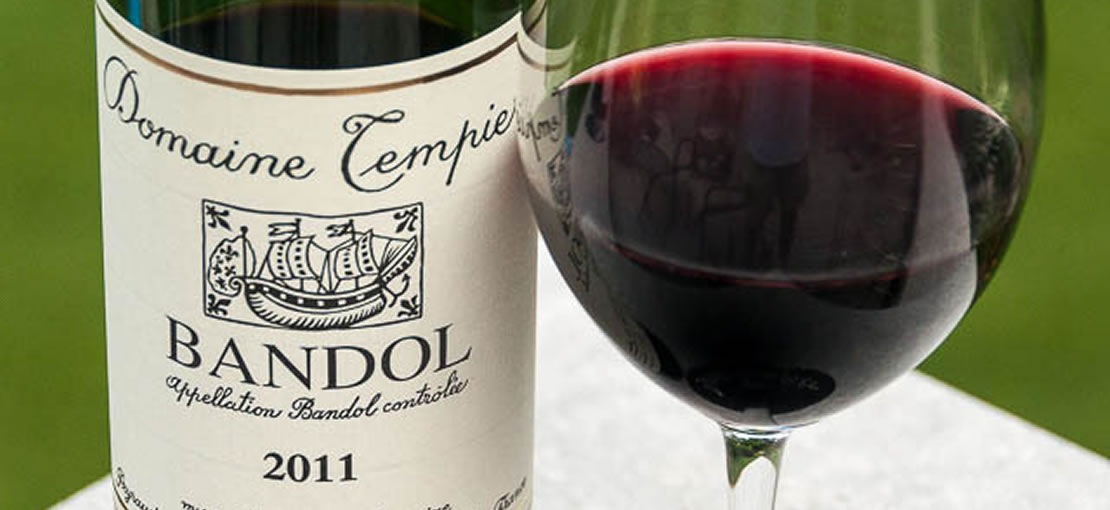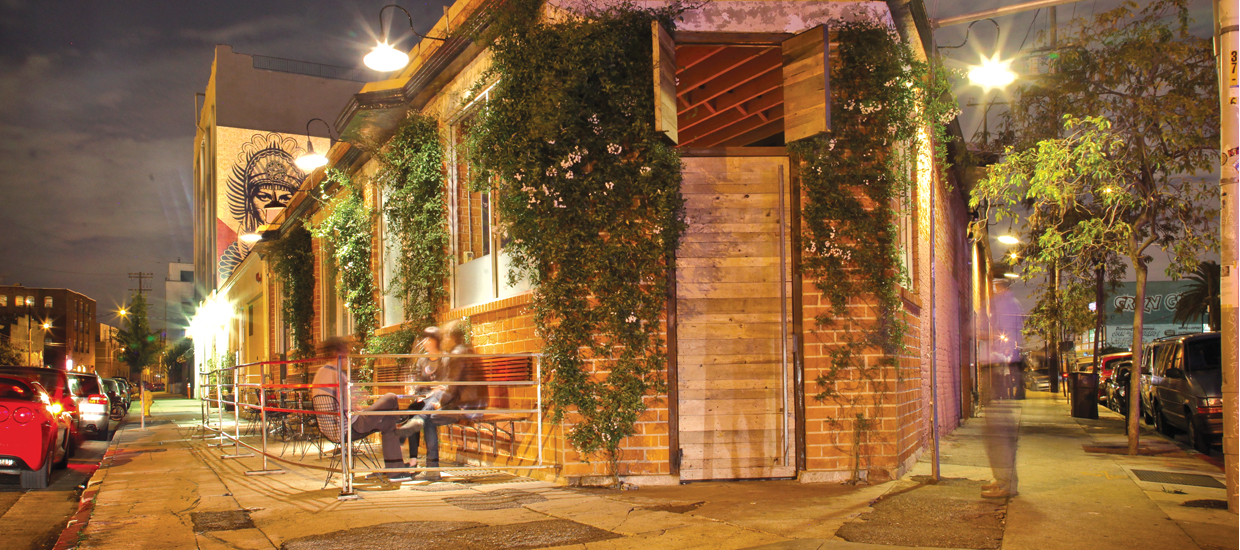Located on the edge of downtown Los Angeles, Little Tokyo first took shape in the late 19th century when the first wave of Japanese immigrants began arriving in Southern California. The population swelled with the arrival of Japanese workers who helped construct the city’s electric tram line and refugees from earthquake-devastated San Francisco. However, the forced relocations during World War II greatly depleted the area’s population. Little Tokyo may have disappeared altogether if not for a wave of new investment and business activity sparked by Japan’s economic boom of the 1970s and 1980s.
It remains one of the city’s most distinct enclaves with more than 100 Japanese restaurants, shops and temples in a 13-block area. The stretch of First Street between San Pedro Street and the Japanese American National Museum on Central Avenue is the nucleus of Little Tokyo. From Aug. 15-23 the street will be buzzing with the annual Nisei Week. In addition to a grand parade down First Street, the week includes fashion shows and beauty pageants, karate and kendo tournaments, anime and cosplay activities, and a hilarious gyoza (dumpling) eating contest. “The streets of Little Tokyo that were deserted at nights and on the weekends before 2000 are now jumping with … people with dogs and kids, and many of them are young professionals,” says longtime community leader Bill Watanabe. “The challenge is to welcome the changes—but to fight to preserve the history, heritage and cultural differences that makes Little Tokyo a distinct neighborhood.”
Museum Row
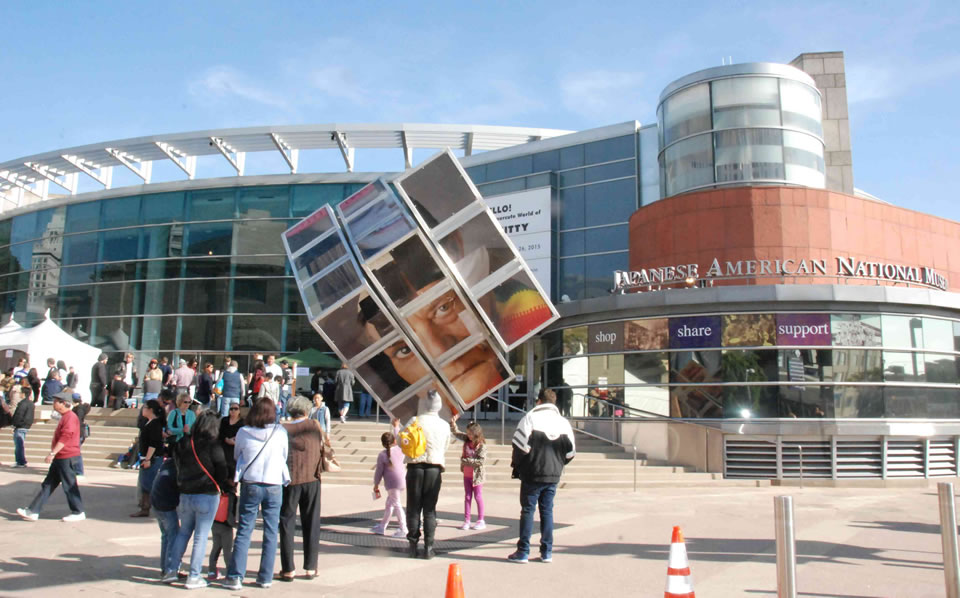
First-time visitors should start their exploration of Little Tokyo at the Japanese American National Museum (JANM), which tells the stories of Japanese-Americans through exhibitions and educational programs. “The ongoing, core exhibition here is ‘Common Ground: The Heart of Community,’ an overview of 130 years of the Japanese-American experience,” says museum representative Leslie Unger. In addition to workshops, readings and film screenings, JANM organizes historical walking tours of Little Tokyo.
While exploring the museum grounds, visitors can also discover the fine art of drinking tea at Chado Tea Room. The eatery sits on the southwest corner of the museum complex and offers more than 300 varieties of leaves from around the globe alongside Asian and European bites during the afternoon tea service. The cafe also hosts special events like the Los Angeles International Tea Festival during the summer and Hello Kitty-themed tea service in honor of Hinamatsuri, or Girls’ Day, in March.
For more exploration options in this hub of museums, at the north end of Central Avenue is the touching Go For Broke Monument. Dedicated to more than 16,000 Japanese-Americans who served in the U.S. military during World War II, the black marble slab is a tribute to their wartime heroics and a reflection on the mistreatment of Japanese-Americans during the war.
Next Stop, First Street
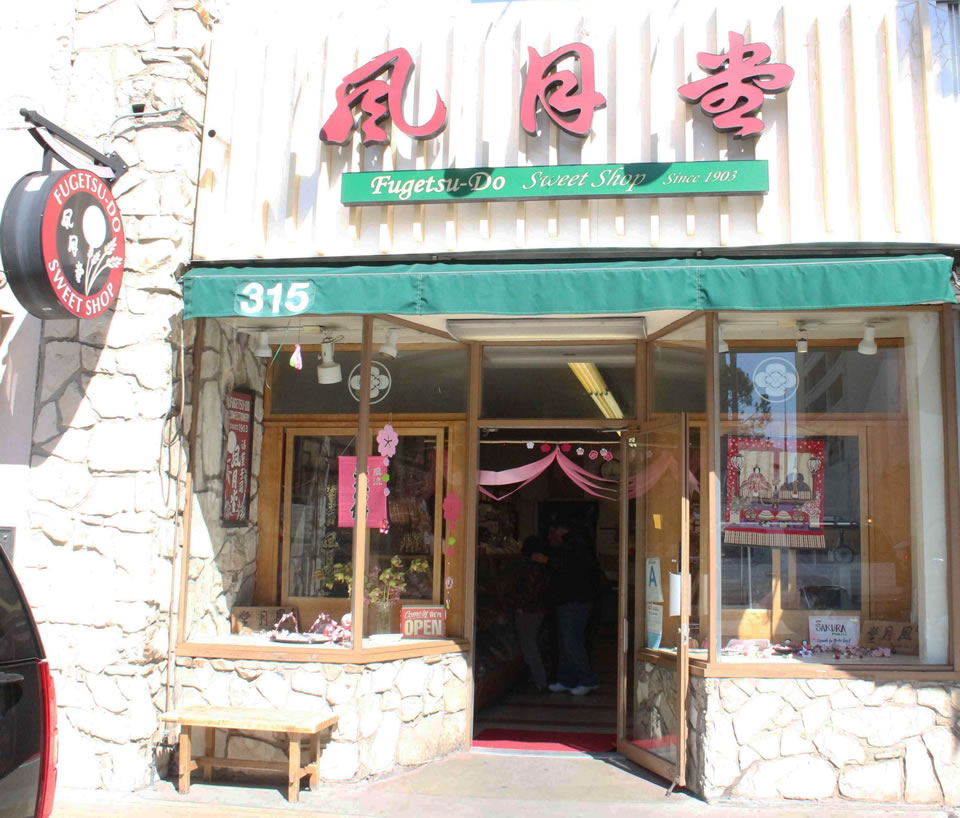
Almost like a movie set from 1940s Los Angeles, the north side of First Street between Central Avenue and San Pedro Street seems virtually unchanged over the past 70 years. The “Chop Suey” building (named for its historic neon sign) stands out along the strip with elements of Beaux Arts architecture. From “Chinatown” (1974) to “Farewell, My Lovely” (1975), the structure has appeared in numerous films. The site houses the hip Far Bar, where creative cocktails complement a wide selection of sake, Japanese whiskeys and other libations.
Meanwhile, the smell of freshly made treats draws pedestrians through the front door of Fugetsu-Do Sweet Shop, a Japanese bakery founded by the Kito family in 1903 and still going strong. One of the house specialties is the Japanese confection mochi, a rice cake enjoyed with accompaniments like manju (a sweet paste made of red bean). And there’s always a line to get into Marugame Monzo, Little Tokyo’s top noodle house, renowned for dishes like sea urchin cream udon and mentai squid butter udon.
Around the corner is the Union Center for the Arts, which presents Asian-themed music, poetry and art exhibits as well as plays by the East West Players (EWP). One of the nation’s first Asian-American theater troupes, EWP has premiered more than 100 dramas and musicals. Taking the Union Center stage toward the end of this summer is EWP’s production of “Chinglish” (Sept. 10 to Oct. 11) by renowned playwright David Henry Hwang about a businessman trying to launch a new company in Asia.
The South Side
The south side of First Street is dominated by a warren of purpose-built shopping centers that blend aspects of old and new Japan. Step into the past at Japanese Village Plaza, a pedestrian precinct flanked by traditional Japanese architecture. A soaring, red watchtower marks the main entrance to the village, an assemblage of 40 eateries, fashion boutiques and gift shops. At the back of the village, a passage leads into the adjoining Little Tokyo Galleria, a multistory shopping center like the ones that dominate Tokyo’s inner city. Foremost among the tightly packed shops is Anime Jungle, which specializes in the amazing world of Japanese comic books, action figures and cosplay outfits.
Second Street also affords visitors an incredible view of LA’s classic art deco City Hall and a pedestrian street leading south to a red brick plaza designed by acclaimed artist and designer Isamu Noguchi at the Japanese American Cultural & Community Center. Here, the Aratani Theatre presents kabuki, noh and other traditional Japanese performing arts, while the James Irvine Japanese Garden offers an inner-city mosaic of waterfalls, cedar bridges and stone lanterns.
Little Tokyo finally peters out at the corner of Third Street and Alameda, where the modern indoor mall offers another collection of Asian eateries and retailers. The gem here is a Japanese and Korean supermarket called Little Tokyo Market Place, which dispenses a variety of hard-to-find culinary ingredients from East Asia and fresh seafood. On Saturday afternoons, the market presents a tuna-cutting demonstration that produces incredibly fresh sashimi that’s ready to eat—or, attendees can take home the delicacies to enjoy later as a reminder of the traditions experienced in Little Tokyo after they leave.
—Written by Joe Yogerst

